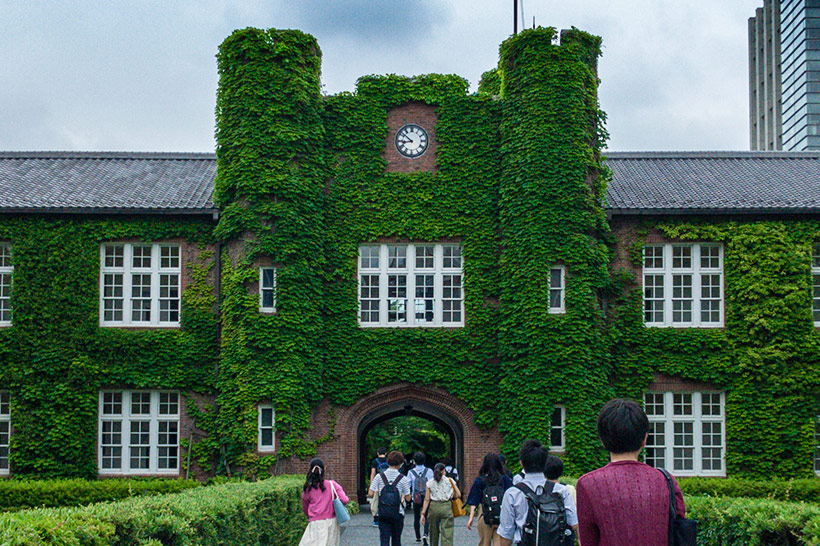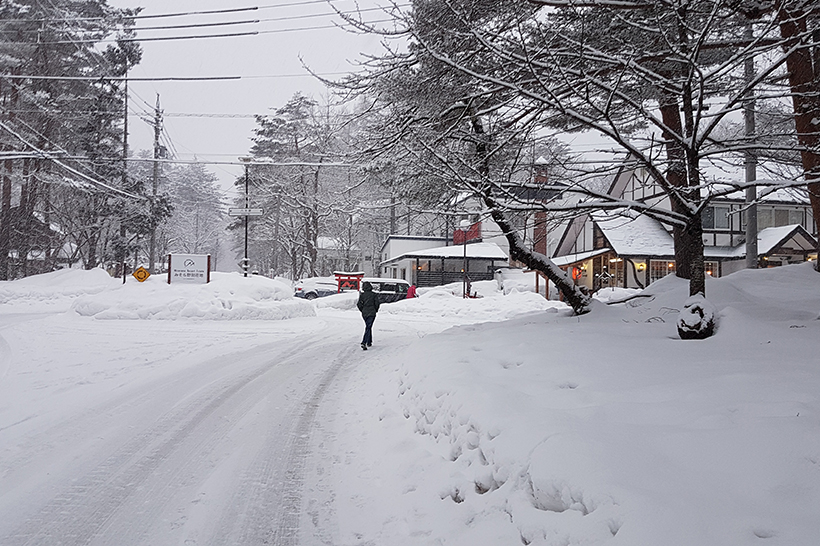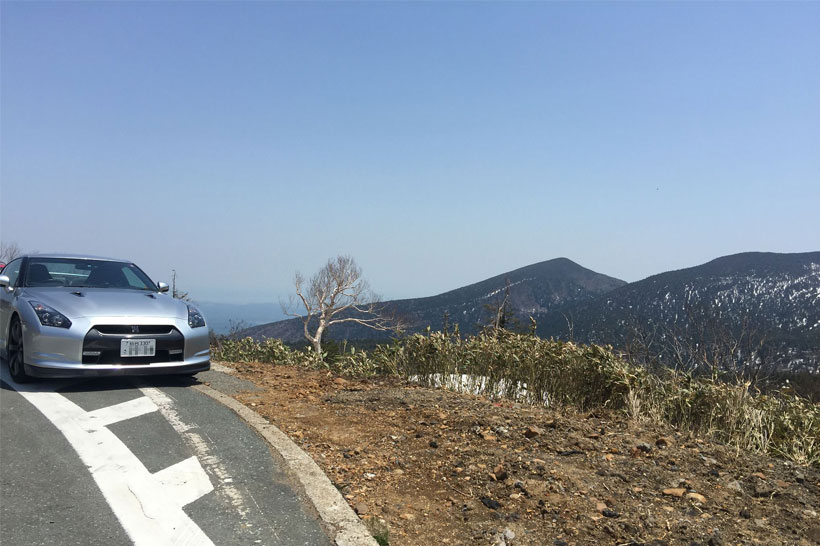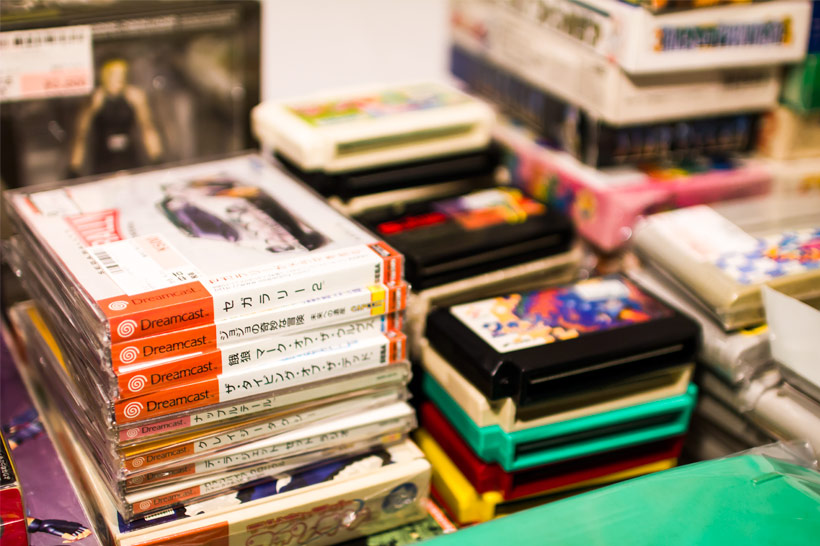For this entry in the Visiting Japan Feature series at Anime Inferno, Calo discusses her experience studying Japanese overseas for an intensive language and cultural study program in Akita in January 2017…
During my university days I was able to enrol in an advanced language and cultural program at Akita International University. As a result, I ended up spending around a month in one of Japan’s northern prefectures in the middle of winter. While in Akita, I honed my language skills, made snow kangaroos with my fellow Aussie students and worked hard to learn the local Akita history and dialect.
A lot of my memories of Akita involved two things. The first was attempting to decipher local newspapers. The second was desperately trying to understand the unique and specific vocabulary that came my way! Hopefully this article will offer a brief look at what to expect from studying Japanese in an in-country language program.
Study Japanese overseas – the practical side
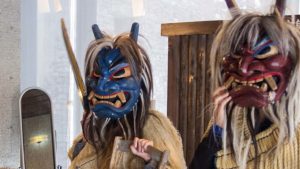
Here’s a few things to note about the Akita International University. Classes are in English aside from the foreign language programs, like the advanced language course I found myself in. The Akita students are used to the snow, and amused by international students who are excited by the stuff! The cafeteria staff are lovely and the university’s mascot is a green dog named One. This last part is really the most important thing to know!

Myself and a handful of undergraduates from my Australian university spent our month in Akita in the campus dorms. We shared the space with other Akita International University undergraduates.
Classes and lectures at Akita International University
Classes were generally comprised of two sessions per day. In each session we had four hours of face-to-face learning. Some classes focused on Japanese language, while others were like regular history or cultural classes. During these classes, all communication was in Japanese.
The Japanese language classes covered numerous topics, including honourific language usage and nitty gritty details like language phonetics and pronunciation. The aim here was to get us sounding like native speakers.
Other classes touched on local historical and cultural topics relevant to Akita. Some of the more memorable discussions involved the intimidating Namahage. These are a mountain oni known for targeting naughty kids and scaring them senseless. Another was learning about the local Dutch-influenced painting style, Akita ranga.
(Editor’s note: More information on the Akita ranga style is here and should not be confused with the logical assumption that this is a term to describe a red-headed person from Akita 😉 )
Preparation for these classes involved a frenzied study of vocabulary sheets to be able to take part in upcoming discussions. We also had to be ready to give presentations on the topics when prompted.
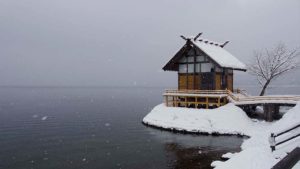
Cultural experiences in Akita
It wasn’t all learning about pitch accents and vocabulary on specific painting techniques though. The cultural part of the program also involved several bus trips to local Akita hotspots.
This included a visit to Lake Tazawa and a former samurai stronghold in Kakunodate. Covered in layers of snow, these were beautiful enough to be worth every second of cold toes. We also learned how to make the ultimate comfort food, kiritanpo. This is rice squashed into a cylindrical shape, skewered and cooked over a fire.
Homestays
The biggest dose of Akita culture came from our homestay experiences. This took place over a weekend where we stayed with families in the local town of Shiraiwa. We participated in their annual Illumination Festival, which had us hiking up a steep, snow covered mountain lit up by candles. It also meant watching fireworks and eating warm noodles.
Being a visiting international student also came with its responsibilities. For us this meant we had to stand up on a stage and introduce ourselves to the festival goers. It’s funny how all prior knowledge of a language escapes you when put on the spot in front of a crowd to say a few words! But the anxiety was short lived, and we soon returned to the celebrations.
A highlight of the festival came the day after the celebrations when we returned to help pack up. The locals rewarded our hard work by demonstrating the art of sliding down icy slopes on plastic bags, which was exhilarating.
The common perception is that Japan’s festivals are famous for being bombastic and larger than life. While this is often true, it was nice being able to attend something small, local, but very vibrant.
Snow tips
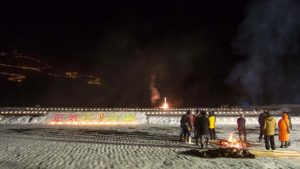
Some last-minute tips, all snow related.
If you are traveling in snow laden territory and time is of the essence, a backup plan or traveling early is best. My flight into Akita was almost cancelled the day I was due to start the course thanks to heavy snow fall.
For those of you keen to throw yourself at the snow and create some fine art pieces, actual snow gloves are a must. I was a fool and brought fingerless woolen gloves. This mean I was only able to enjoy the snow at the expense of feeling in my fingers!
Thick socks (as in plural!) are an absolute must in winter, especially if you’re visiting snowy areas. If you visit a temple or shrine you need to remove your nice snow shoes. When your feet make contact with the cold wooden floors it will burn through your socks like you aren’t even wearing any. There will be no heater in sight, and you will understand what it truly means to be cold.
Final thoughts on studying Japanese overseas

In-country language learning is a daunting experience and it takes a lot out of you. I remember being switched on all hours of the day because communicating in a second language requires focus. Not only when discussing academic topics in class, but also for basic conversations. And that’s on you, because with these kinds of courses and language studies in general you get out what you put in. This means extensive preparation and vocabulary study is necessary. If you don’t you’ll find it difficult to participate.
That being said, the Akita advanced language and cultural program did wonders for my ability to speak and comprehend Japanese. It intertwined language study with culture and place perfectly, offering a unique experience based on Akita history, culture and dialect. These kinds of programs are invaluable for language and culture comprehension. It’s an experience I would recommend for any language students, Japanese or otherwise.


